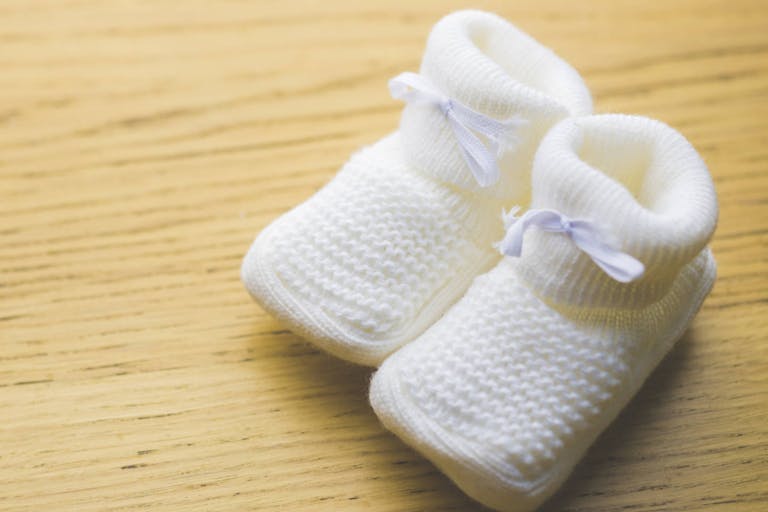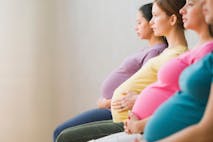
Guttmacher revises abortion numbers for recent years, revealing more lives lost
Carole Novielli
·
Guest Column
Unplanned Stories
·
Activism
Nancy Flanders
·
Politics
Nancy Flanders
·
Politics
Bridget Sielicki
·
International
Nancy Flanders
·
400k+ Readers Strong & Growing
News & Commentary from
A Pro-Life Perspective
As the news arm of Live Action, we educate the public and advocate for preborn rights by providing timely, accurate, and compelling news and stories about the pro-life movement.

Guest Column
Unplanned Stories
·
Activism
Nancy Flanders
·
Politics
Nancy Flanders
·
Politics
Bridget Sielicki
·
International
Nancy Flanders
·
Guest Column
Oregon Right to Life
·
Politics
Nancy Flanders
·
International
Cassy Cooke
·
Analysis
Nancy Flanders
·
International
Nancy Flanders
·
Issues
Victoria Bergin
·
Fact Checks
Madison Evans
·